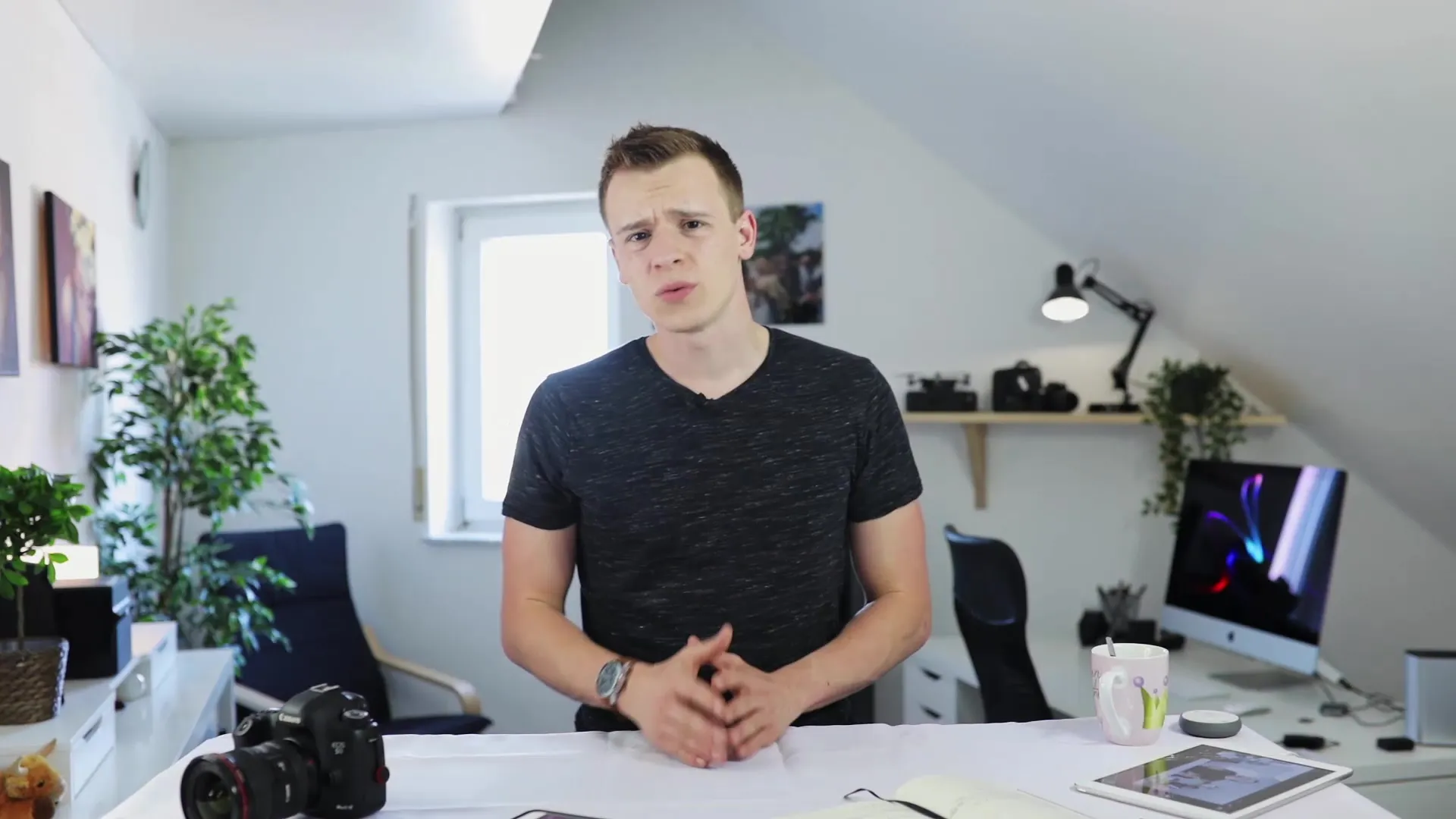Videographyencompasses not only the selection of the right camera or the choice of perfect recording settings but also an understanding of important technical aspects such as bit-depthand compression. These concepts are crucial for the quality of your films and the possibilities in post-production. Here, it is explained how you can effectively utilize bit depth and compression in your projects to achieve the best results.
Key insights
- Bit depth affects color quality and possibilities in post-production.
- A higher bit depth means more color information and thus more creative freedom.
- Compression has a significant impact on image quality, especially in post-production.
- Professional cameras offer lower compression rates, which means better dynamic range and less quality loss.
Understanding Bit Depth
Bit depth describes the number of bits used to represent colors per pixel. Most video cameras use 8-bit color depths, which corresponds to 256 color combinations per pixel and color channel (RGB). A higher bit depth, such as 10 or 12 bit, offers more color possibilities.
Increasing bit depth has direct effects on the outcomes of your recordings. When you work with more colors, you gain more freedom in post-production. You can make color corrections without compromising image quality.
The Role of Compression
Compression is the process by which the data rate of a video is reduced, often to save storage space. Smartphones and many consumer cameras are optimized to shoot videos with high compression. This means they remove data they consider unimportant to reduce the file size.
However, high compression can "cut off" small but important details of an image. Particularly in post-production, where you may want to adjust contrasts or colors, it is important that you work with as little compression as possible.

Choosing the Right Camera
When choosing a camera, you should pay attention to the bit depth and the level of compression. The EOS R, for example, can record both 8-bit and 10-bit, with 10-bit offering more flexibility and color depth. If you can shoot in RAW, you will also get significantly more information in the image, which is of considerable benefit for professional post-production.
Factors of Image Quality
Another consideration in videography is dynamic range, which refers to the details in bright and dark areas of an image. A camera with a higher dynamic range allows for more latitude before areas become over- or underexposed. You should always try to choose a camera that delivers good results even in marginal lighting conditions.
Recommendations for Filmmaking
It is recommended to work with as little compression as possible when filming. Whether you are shooting with a smartphone or a professional DSLR or mirrorless camera, choose the lowest compression setting available to you. This method ensures that you can utilize the best possible image quality in post-production.
Summary - Bit Depth & Compression in Videography
The choice of the right bit depth and control over compression are crucial for producing excellent videos. Understanding these technical concepts enables you to optimize the quality of your film outputs and open endless creative possibilities in post-production.
FAQ
How does bit depth affect video quality?Bit depth determines how many color shades an image can represent. Higher bit depths allow for more color information, leading to better image quality and more editing options.
Why is compression important?Compression reduces the file size of a video but can also lose important image details and dynamics that can be very valuable in post-production.
Should I film in RAW?If possible, yes. RAW offers more control over image editing as it retains more original image data.
How can I adjust the compression in my camera?Most cameras offer the option to select the compression level in the settings. Choose the lowest settings there to achieve the best quality.


